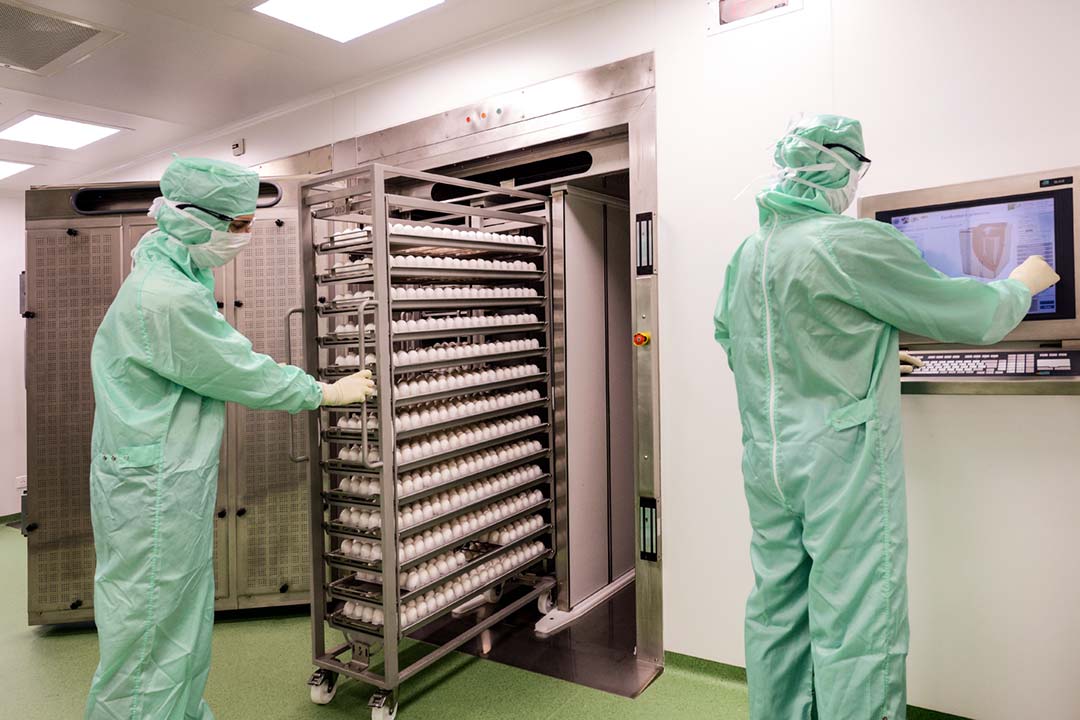Five ways to mitigate India’s third COVID-19 wave
India’s second wave of COVID-19 has devastated the country through a perfect storm of new variants, low vaccination uptake and a shortage of medical equipment and supplies. Here’s what we need to understand about the ongoing second wave to prepare for the next one.
- 7 July 2021
- 5 min read
- by Priya Joi

1. Not relaxing restrictions too fast
Many public health measures to stop the spread of COVID-19, such as social distancing requirements, limiting the number of people allowed to attend social gatherings, and travel restrictions, were lifted in the weeks before April when India had the most devastating COVID-19 outbreak any country had seen so far. At the peak in May, there were nearly 400,000 new cases a day. Now that cases seem to be declining to just over 44,000 a day, the country is opening up again but the World Health Organization (WHO)’s Chief Scientist Soumya Swaminathan has warned that as testing is hard to access in the rural areas, where the new variants seem to be spreading, data on falling cases may not be reliable enough to influence the relaxing of restrictions.
Right from the start of the pandemic, secondary bacterial infections were of great concern – as COVID-19 weakened our immune systems, bacteria that we would normally be able to fight off were able to trigger disease.
2. Faster detection of new variants and better diagnostics
New variants of the SARS-CoV-2 virus have emerged from around the world, but the one causing most concern in India right now is the Delta variant, also called B.1.617. For scientists, detecting new variants of concern quickly is of utmost importance as it can be crucial for allowing a country to pivot its response accordingly. Anurag Agrawal, Director of India’s CSIR Institute of Genomics and Integrative Biology, was one of the scientists who first flagged the Delta variant.
Writing in Nature, Agrawal says that India urgently needs to increase its capacity for rapid sequencing to be able to sift through the millions of cases for new variants. New variants can either be detected through robust surveillance or when there are changes in caseloads and deaths offering clues as to a change in circulating strains. The Delta variant took three months to be detected, and was partly flagged through spikes in cases, but that was too long he says. “Detecting variants from changes in case loads, hospitalisations or deaths is like driving with an opaque front windscreen and only a dusty rear-view mirror, especially without digital health systems,” he said. Faster detection of new variants through sequencing needs to happen by establishing large, high-throughput sequencing hubs as well as more agile smaller centres and by improving the integration of results from samples with clinical data. Being able to test for specific variants would also greatly help track new circulating strains.
3. Speeding up vaccination
Even with new variants, vaccination is the best way to protect ourselves from COVID-19. But less than 5% of India’s population has been fully vaccinated, much lower than say 13.2% of Brazil or 57.4% of Chile. The country has seen a sluggish vaccine rollout, despite the optimism that officials had at the start of the year when vaccination began. The slow uptake was in part hesitancy due to the speed at which the vaccines had been developed, but by April, when the second wave hit, chronic vaccine shortages meant that even if people wanted to be vaccinated there weren’t enough doses available.
Have you read?
Misinformation has plagued the pandemic from the start, sowing seeds of mistrust. This week, reports emerged that scammers were selling fake COVID-19 vaccines in India containing just saline water and no actual vaccine, which could further discourage people from seeking out vaccines that could protect them against a third wave.
4. More studies on immune responses and the use of predictive modelling
A surprising feature of India’s second wave was that younger people were far more vulnerable and prone to dying than previously. One theory from researchers publishing in Lancet Respiratory Medicine is that fine particulates in the air is associated with COVID-19 infection and as many Indian cities have high levels of air pollution, that younger people may be more in contact with. They suggest that deaths in people who seem to be healthy enough to fight the infection could be the result of ‘cytokine storm’ or life-threatening systemic inflammatory reactions that can cause organ damage. The researchers call for more studies to understand what might cause these reactions in seemingly healthy people as a way of being able to anticipate what treatment they might need.
5. Being prudent with antibiotics to stop resistance
Right from the start of the pandemic, secondary bacterial infections were of great concern – as COVID-19 weakened our immune systems, bacteria that we would normally be able to fight off were able to trigger disease. In a bid to treat patients with anything that might work, millions were given antibiotics unnecessarily, fuelling a potential rise in antimicrobial resistance (AMR).
India also saw an outbreak of a deadly ‘black fungus’, or mucormycosis, that can cause blood clots and affect the eyes, nose and sometimes the brain. Now, a white fungus could be even more dangerous. Aspergillus, a fungus which can affect the lungs, is also causing disease and death in many patients with COVID-19. Spores of this fungus are found all around us, especially in heating or air conditioning vents, but our immune systems can normally stop it from getting into our respiratory systems. These infections are increasingly resistant to antimicrobials but their growing prevalence indicates how important it is to preserve the antimicrobials that we do have at our disposal.








